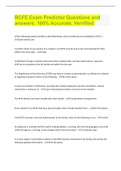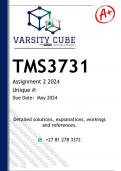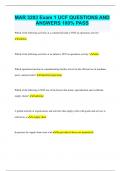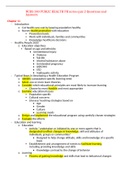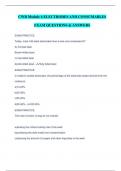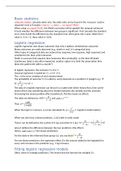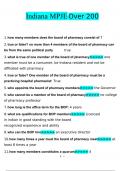Summary
Summary Key Battles for the Changing Nature of Warfare/OCR History A Level
- Module
- Changing Nature of Warfare
- Institution
- OCR
Detailed document of battles from the French Revolutionary Wars to the Second World War. Includes key facts, links to the themes (e.g. generalship) and casualty figures. For the Changing Nature of Warfare exam, they may ask a question on the battles throughout the period. Therefore, it's importan...
[Show more]




